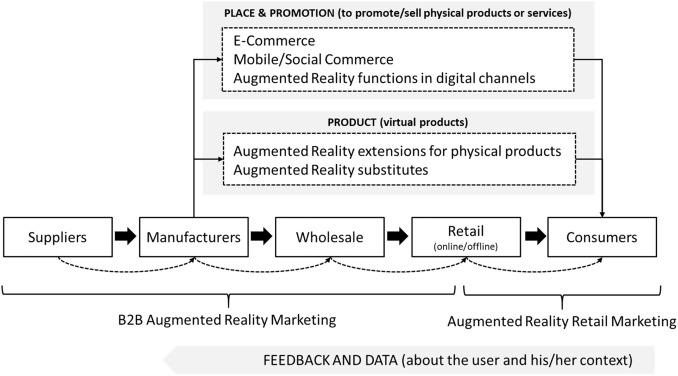Designing Inclusive Curricula for Diverse Learners: Key Strategies for Success
In today’s increasingly diverse educational landscape, designing inclusive curricula for diverse learners has never been more essential. Educators are facing classrooms filled with students from various backgrounds, abilities, and learning styles. To ensure every student’s success, it’s crucial that curricula are both equitable and accessible.
This comprehensive guide will explore practical strategies, benefits, and real-world applications for creating inclusive teaching materials that support all learners, irrespective of their differences.
Why Is Inclusive Curriculum Design Crucial?
- Equity in Education: An inclusive curriculum ensures that all students, regardless of background or ability, receive meaningful access to learning opportunities.
- Enhanced Engagement: Courses that reflect students’ varied experiences promote engagement, motivation, and retention.
- Positive Learning Outcomes: Diverse learners benefit from customized instruction, which leads to improved academic achievements and social-emotional growth.
- legal and Ethical Obligation: Many educational frameworks and laws, such as the Individuals with Disabilities Education Act (IDEA), mandate the creation of accessible curricula.
Key Strategies for Designing Inclusive Curricula
To build curricula that are truly inclusive, educators and instructional designers must integrate a range of evidence-based strategies. Here are the foundational steps:
1. Apply Global Design for Learning (UDL) Principles
- Multiple Means of Engagement: Offer various ways to motivate and interest students, such as collaborative projects, hands-on activities, and self-paced modules.
- Multiple Means of Representation: Present facts using diverse media—videos, audio, infographics, and texts of different reading levels.
- Multiple Means of Action and Expression: let students demonstrate their learning in various formats, including presentations, essays, discussions, or creative projects.
2. Foster Culturally Responsive Teaching
- Reflect the cultural experiences, values, and perspectives of all learners in course content, examples, and case studies.
- Encourage students to share their backgrounds, facilitating richer dialog and building empathy among peers.
- Choose resources authored by diverse voices and avoid stereotypes or biases in learning materials.
3.Differentiate Instruction
- Offer different pathways and levels of support based on students’ strengths, interests, and needs.
- Group students flexibly for peer support and collaboration.
- use formative assessments to regularly adjust instruction and accommodations.
4. Integrate Assistive Technology and Accessible Resources
- Use educational platforms and tools that support screen readers, closed captioning, and translation.
- Ensure all digital content follows accessibility guidelines (such as WCAG) for fonts, color contrast, and navigation.
- Provide alternative formats, such as transcripts, large print, or simplified texts, when needed.
5. Create a Supportive & Inclusive Classroom Habitat
- Set clear expectations for respect, collaboration, and participation.
- offer consistent feedback in a positive,constructive manner.
- Encourage self-advocacy and help students find their unique learning preferences.
Benefits of Inclusive Curriculum Design
Investing in an inclusive curriculum pays off for students, teachers, and institutions alike.Here are just a few advantages:
- improved Academic Achievement: Diverse learners are more likely to meet or exceed standards when materials match their capabilities and interests.
- Higher student Satisfaction: Students feel seen and valued, leading to greater engagement and perseverance.
- Reduced Achievement Gaps: Targeted interventions and supports narrow longstanding instructional disparities.
- 21st Century Skills: Exposure to varied perspectives and adaptive learning environments fosters creativity, critical thinking, and collaboration—skills vital for future success.
Practical Tips for Developing Inclusive Curricula
- Conduct a Needs Assessment: Gather information on your learners’ backgrounds, abilities, and interests before designing lessons.
- Use Scaffolded Instruction: Break tasks into manageable steps, offering extra support were needed and gradually increasing independence.
- Encourage Student Choice: Let students pick topics, projects, or assessment types to maximize relevance and agency.
- Regularly Update Materials: Review curricula annually to ensure content remains current, representative, and free from bias.
- Build in Reflection and Feedback: Allow students to provide feedback on instructional materials and use their input to improve course design.
Case Study: Inclusive Curriculum in Action
River Valley Middle School implemented UDL principles into its social studies curriculum, redesigning lessons to include multiple media formats, tiered assignments, and opportunities for peer collaboration. Within one academic year, the school saw a 15% increase in test scores among students with learning disabilities and a notable rise in classroom participation across demographic groups.
Firsthand Experience: Educator Insights
“I realized that my traditional curriculum wasn’t reaching every student,” shares Ms. Lee, a high school English teacher. “By incorporating student interests,using visuals and audio books,and differentiating assessments,I not only saw higher engagement but also more creative responses and a stronger sense of classroom community.”
overcoming Challenges in Inclusive Curriculum Design
- Resource constraints: Partner with community organizations or use open educational resources (OER) to supplement limited materials.
- Time Limitations: Start small by revising one lesson or unit at a time and involve students in the redesign process.
- Professional Development: Attend workshops, webinars, or online courses dedicated to inclusive teaching strategies.
Conclusion: Building a Future of Inclusive Education
Designing inclusive curricula for diverse learners is not just a trend—it’s a vital, ongoing commitment to educational equity. By applying universal design for learning, culturally responsive teaching, differentiated instruction, and technology, educators empower all students to achieve their true potential.Inclusivity fosters classrooms where everyone can thrive, preparing future generations for a more just, dynamic, and interconnected world.
Ready to take the next step? Start assessing your curriculum today and embrace the journey towards truly inclusive education.

